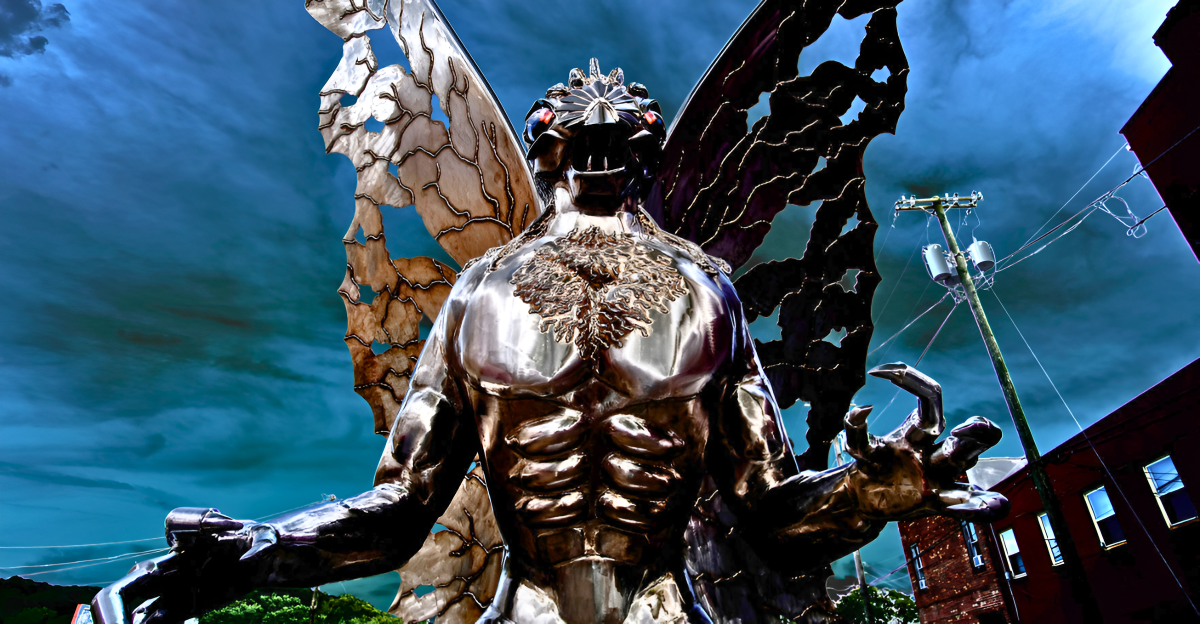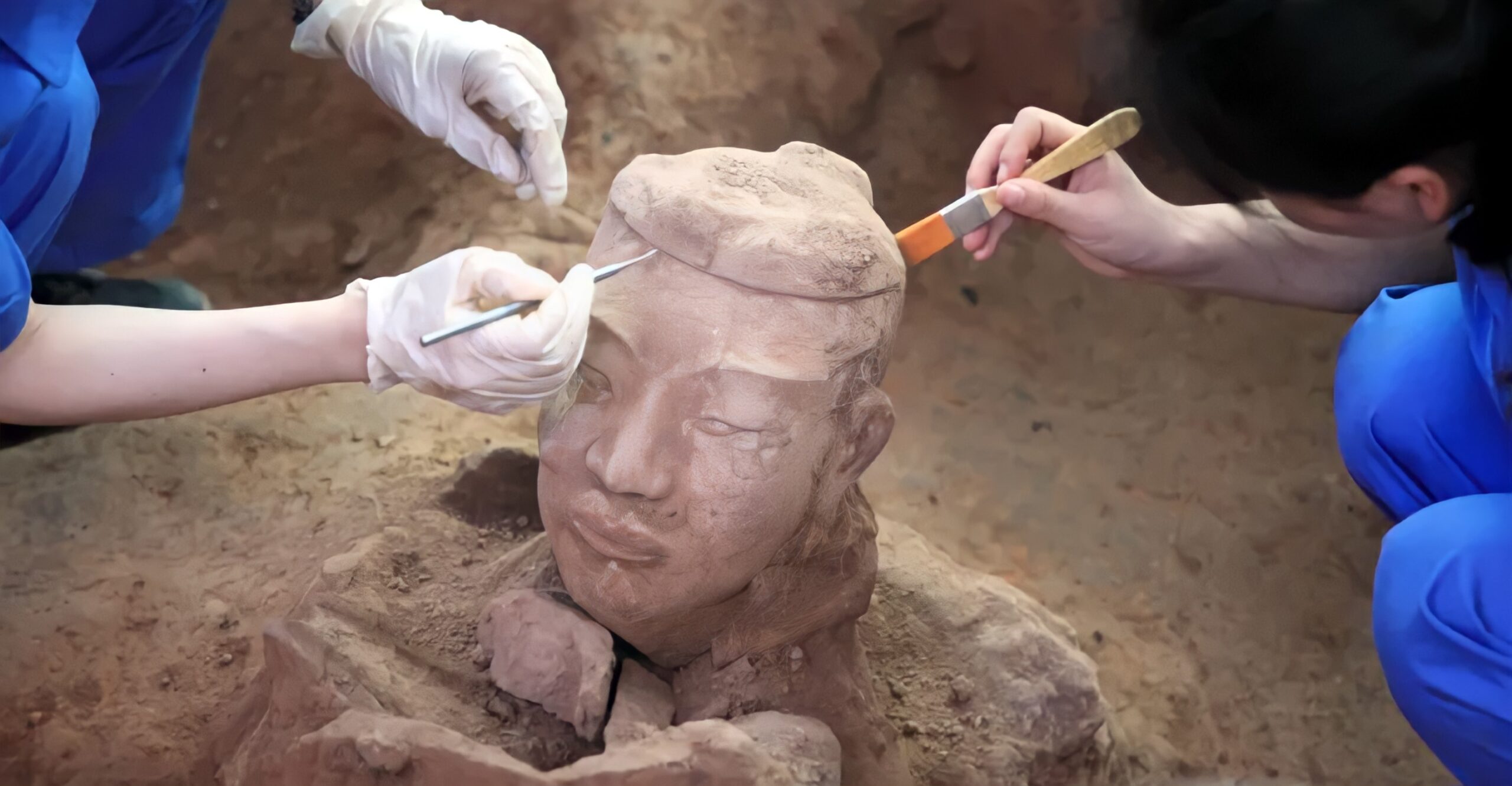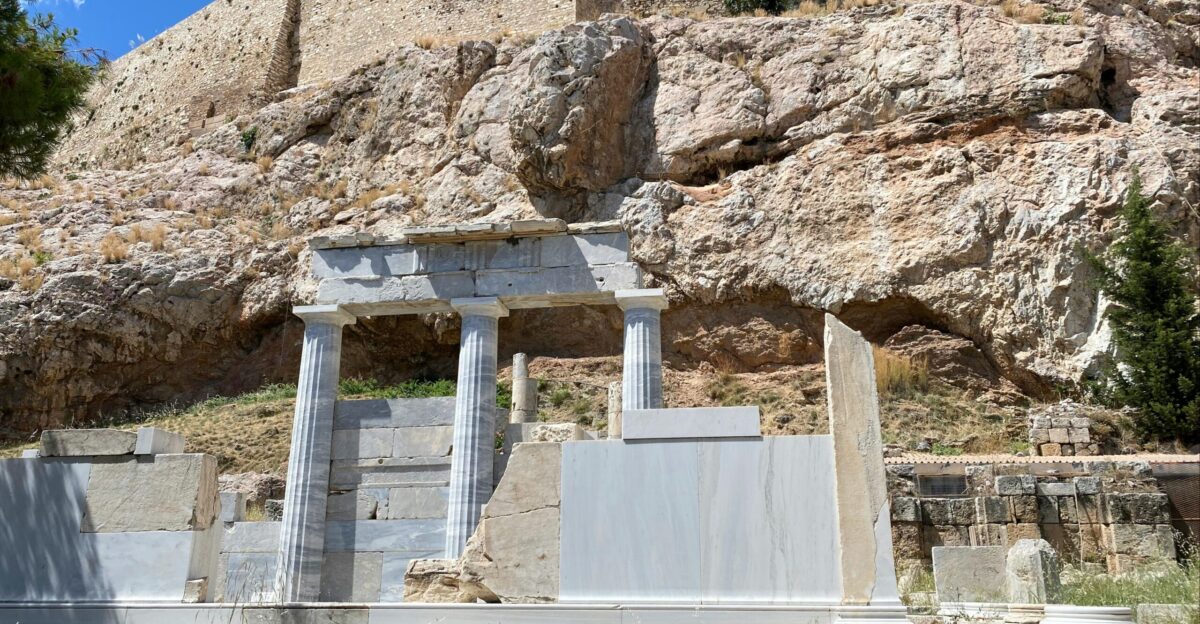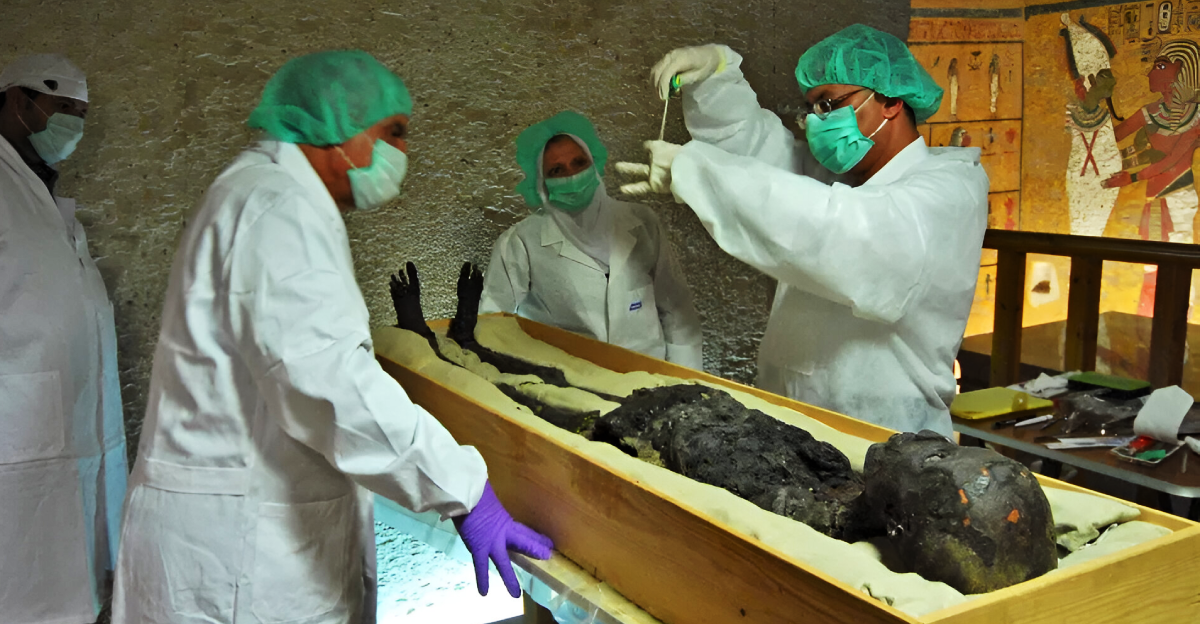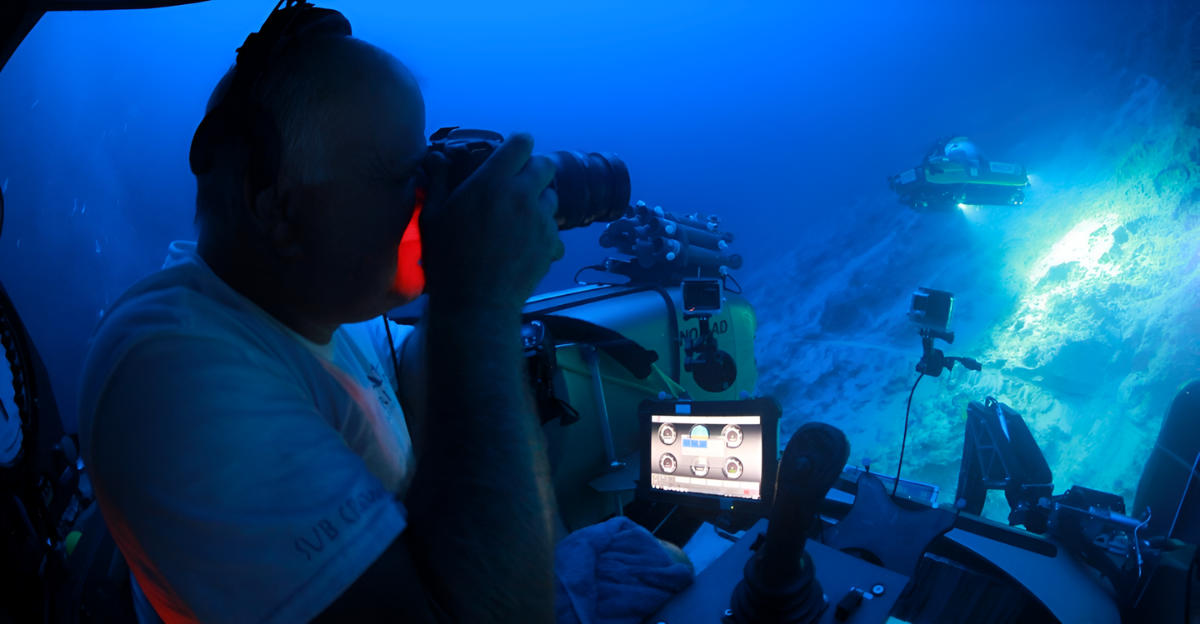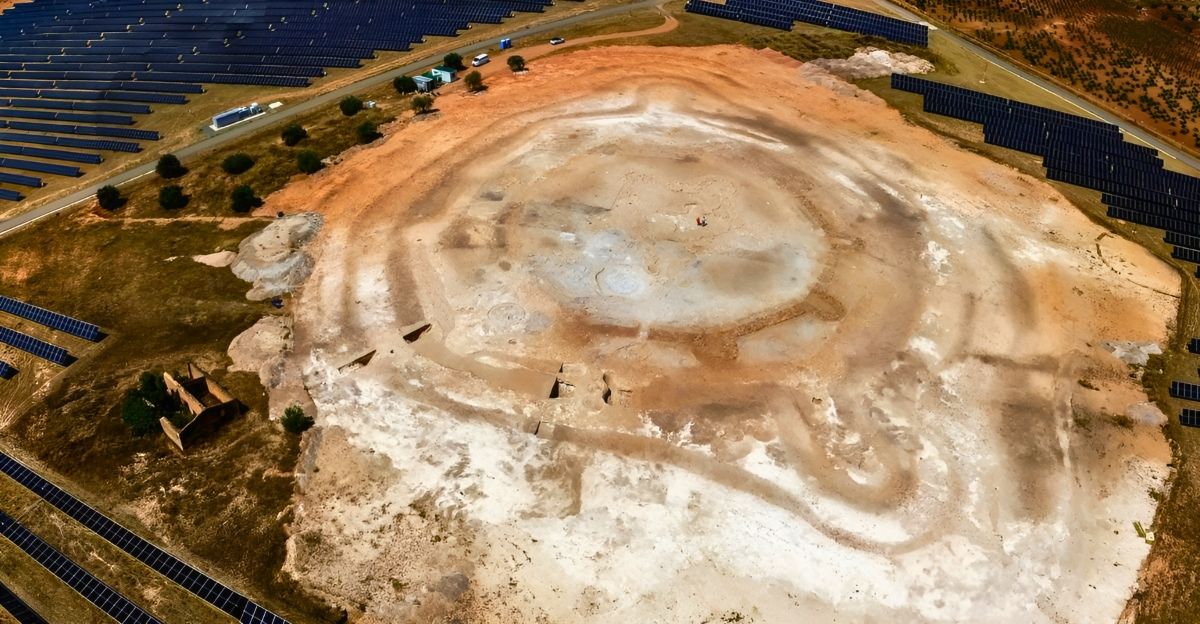
In Almendralejo, Spain, construction crews got ready paving the way for a solar project, but in the process uncovered something that they could never have expected.
The construction crew noticed something astounding underneath the ground – a 5,000 year old settlement. There was even more to it than initially thought, as more infrastructure kept being found until an entire fortress was exposed.
A Pursuit Of Renewable Energy

Spain has been pushing for more renewable energy, and contract workers have been deployed to start construction on a solar project, but this push for clean energy uncovered a remnant of past millennia.
Crews ended up finding Cortijo Lobato. The fortress was constructed all the way back during the Copper Age. However, there was more to find, with implications of betrayal and conflict.
A Copper Age Monument
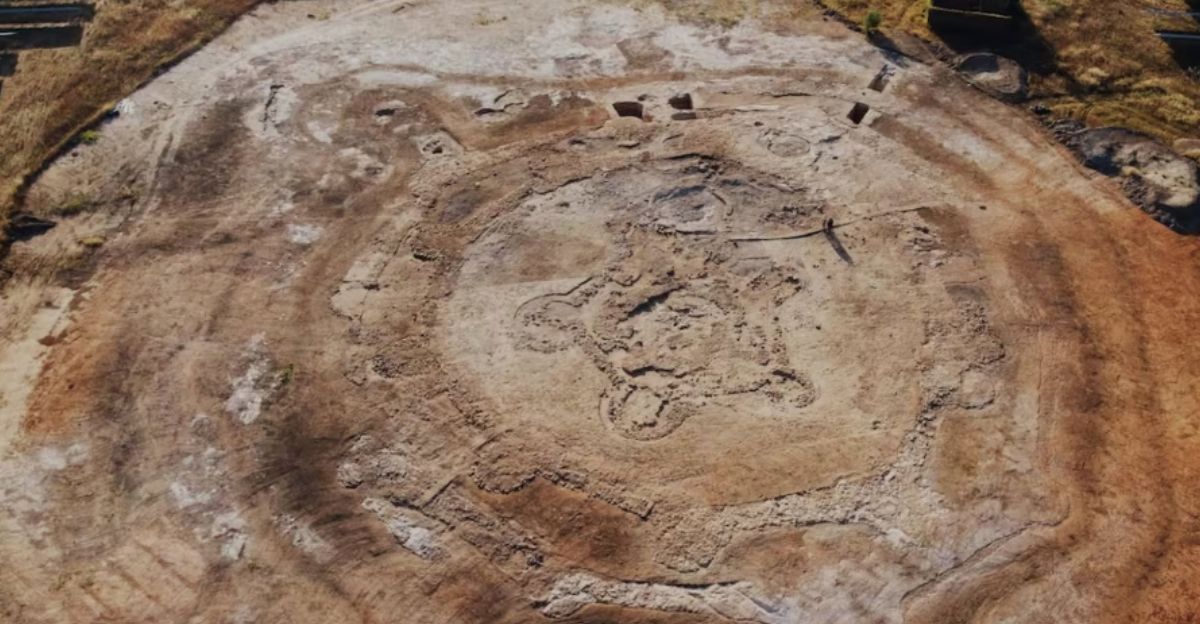
Cortijo Lobato is an amazing marvel and monument to the Copper Age. The settlement is well over 100,000 square feet and is comprised of multiple walls, dozens of battle towers, and defensive trenches.
It’s clear that the fortress was designed to protect its occupants from large sieges. It was built in an era full of unprecedented conflict. The castle itself is nearly 5,000 years old, giving historians a new outlook on military tactics from a bygone era.
Abandoned
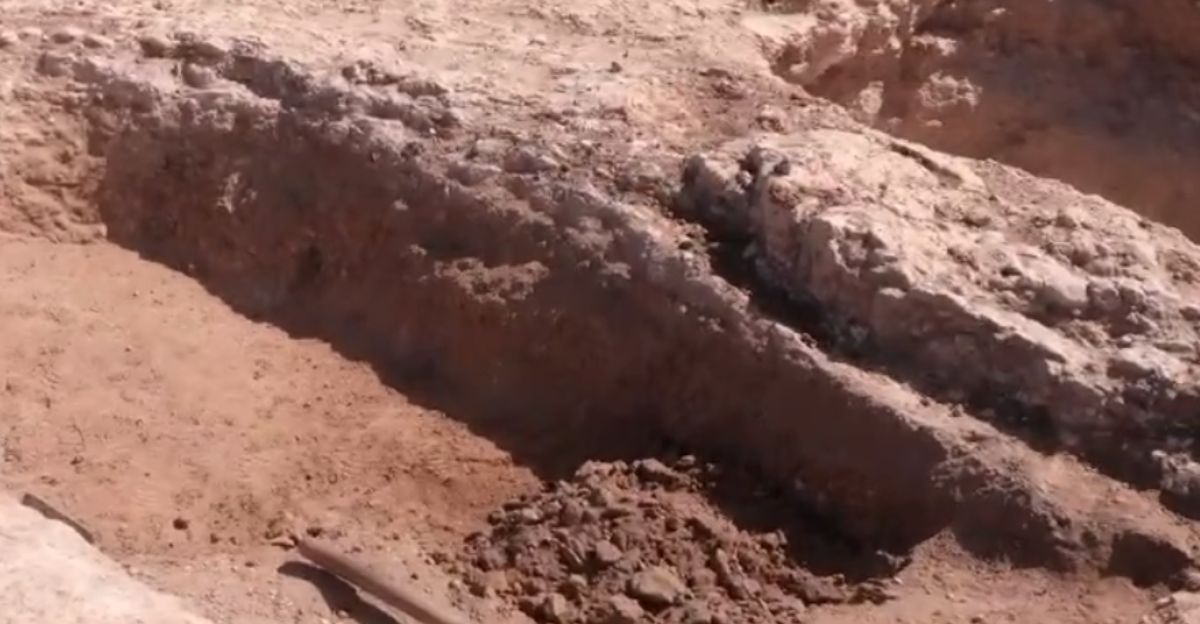
The fortress took significant effort to build, after which it stood for 400 years until evidence points towards it being abandoned after a siege around 2450 BC.
Many human remains have been found at the site, some of which were burnt, suggesting a violent invasion that led to the deaths of many after the fortress fell.
Roman Remains
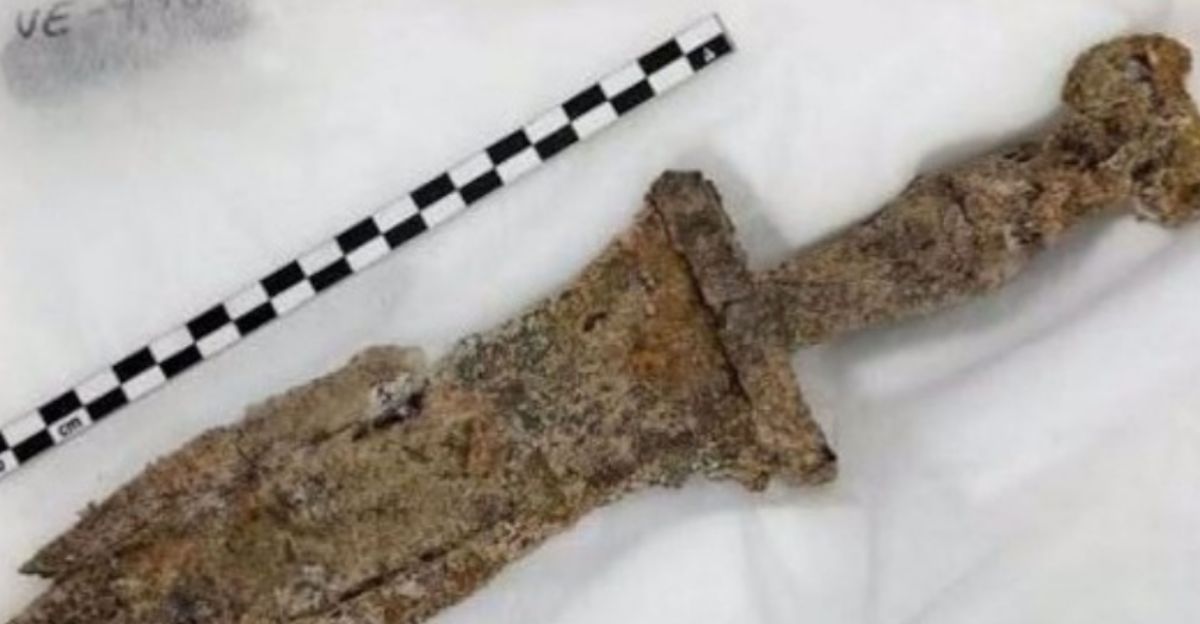
Strangely enough, no activity at the fortress can be found for 2,500 years after it was sieged, Roman remains suggest something else happened long after the fact. A Roman soldiered seemed to be buried here, but there are signs of anything delicacy.
The soldier’s feet were missing, and a Roman shortsword was placed in its sheath and found on his back. Lying face down in the grave suggests that he was buried either out of necessity or perhaps in an effort to get rid of evidence.
A Strange Death
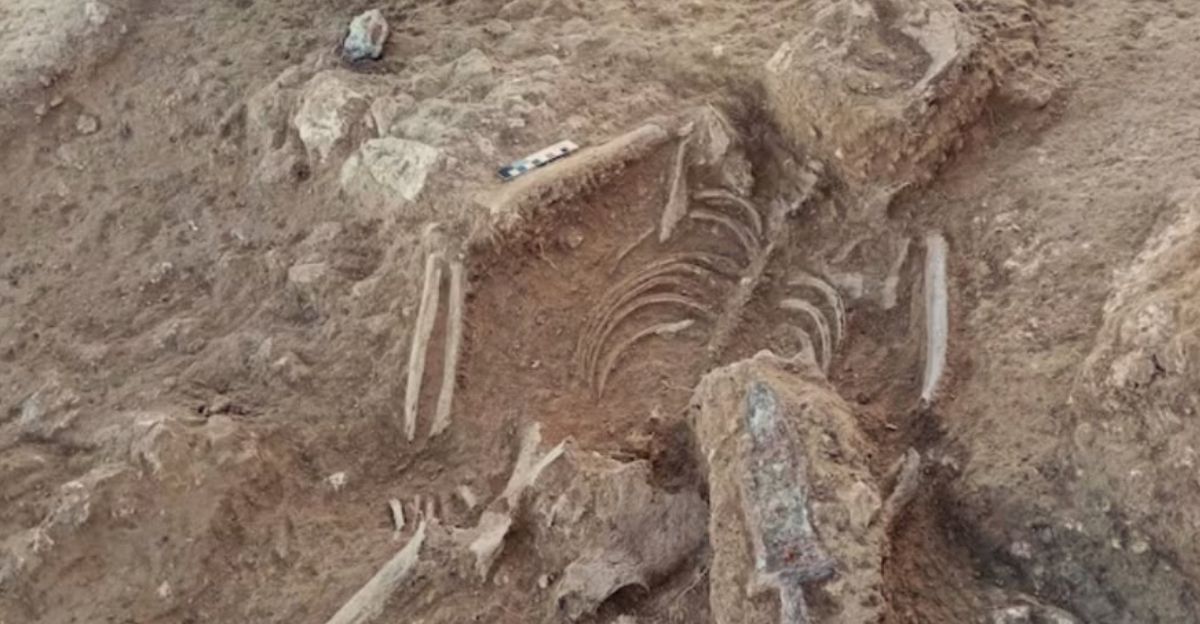
While many may be confused with the state of the burial, Roman culture could explain this. The soldier being buried face down could have been because of something he had done to disgrace his fellow soldiers.
The feet being cut off could have been part of a burial custom or perhaps done so as part of an execution. The Pugio was placed on his back for a deliberate reason, but the question still remains: what did he do?
One Legion
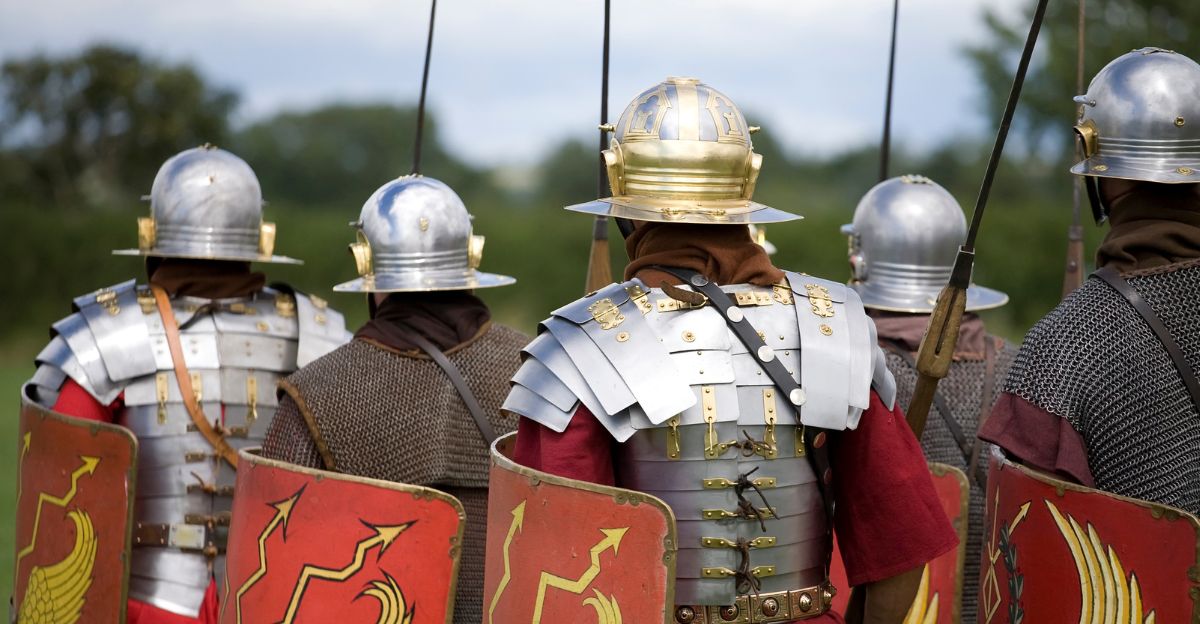
The soldier met his demise sometime around the 2nd or 3rd century, and at this time, The Roman Empire only had one legion occupying Spain. One legion usually comprised 5,000 soldiers, so their presence was still significant in the region.
The legion in question – Legio VII Gemina – was responsible for patrolling roads rather than engaging in acts of war. It is likely that the soldier belonged to this legion, and by the state of his burial, it was possible that he met his fate at the hands of fellow soldiers.
Clues From The Past
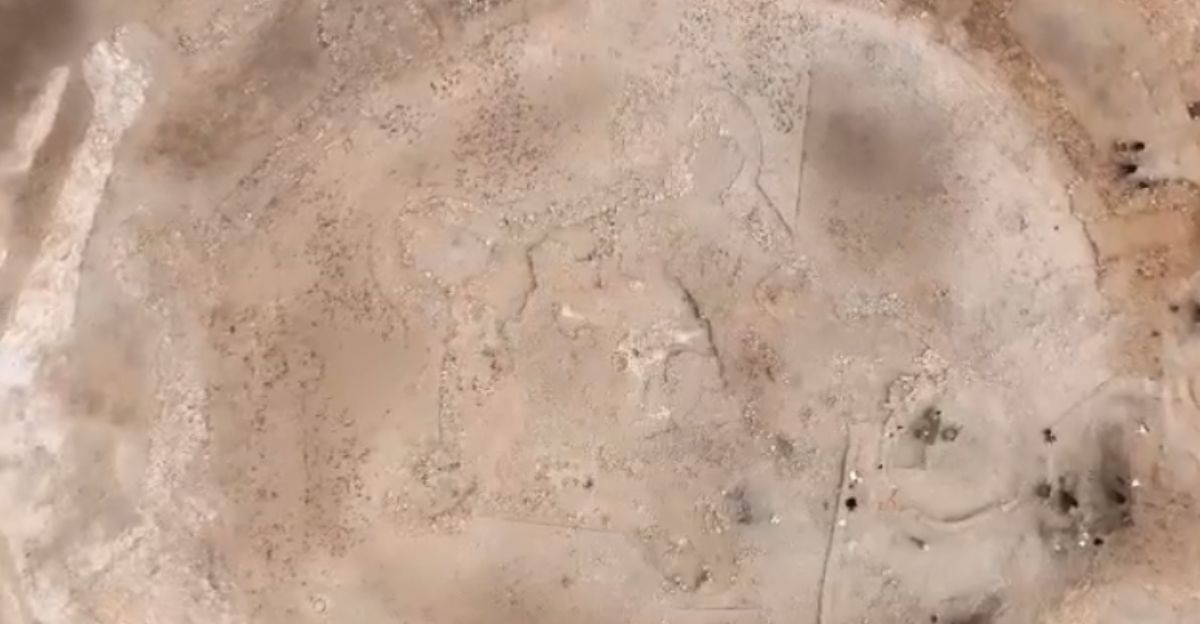
Focusing back on the Copper Age fortress, digging deeper led to the discovery of many different artifacts from the era, including Arrowheads, axes, grinding stones, loom components, and idols.
All of these items together give insight into the life of those who lived at the fortress, which seems to have been a sophisticated and organized society that was all too familiar with conflict.
A Rare Design
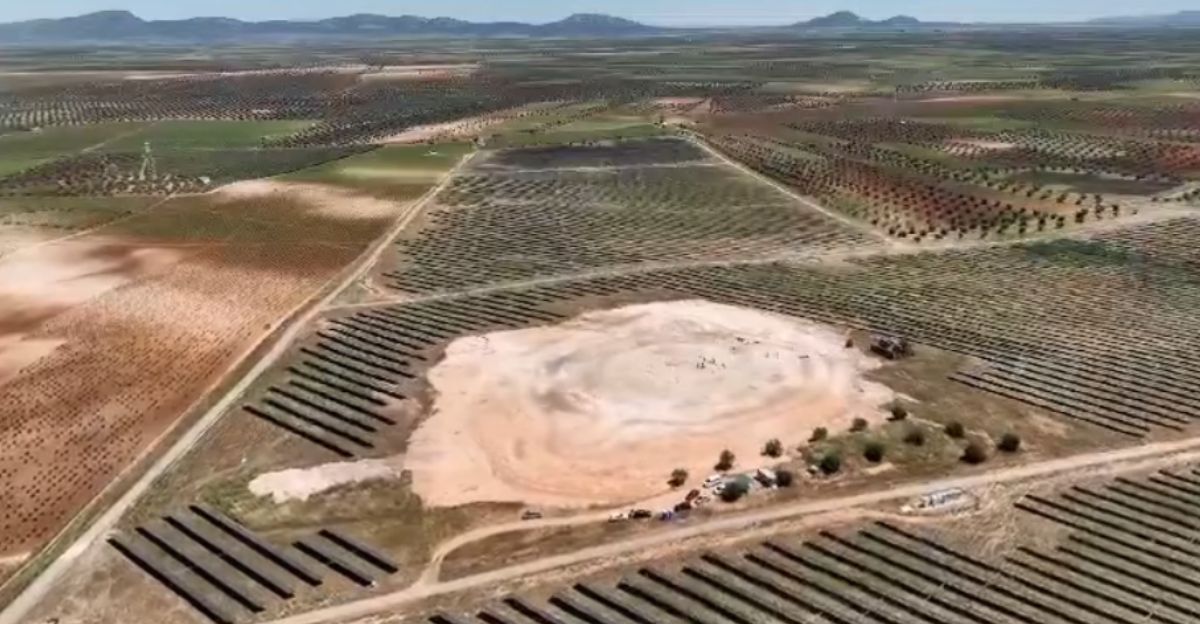
The fortress wasn’t just massive, but its construction was well thought out, with a pentagonal shape being used for the final shape of the fortress and the walls.
The walls themselves would have been an intimidating sight to invaders in its day, and defensive trenches would have trapped invaders, being around 6 feet deep. The fortress’ location was also chosen at a high elevation to give a good view of the land and keep a lookout for attacking nations.
A Time Of War
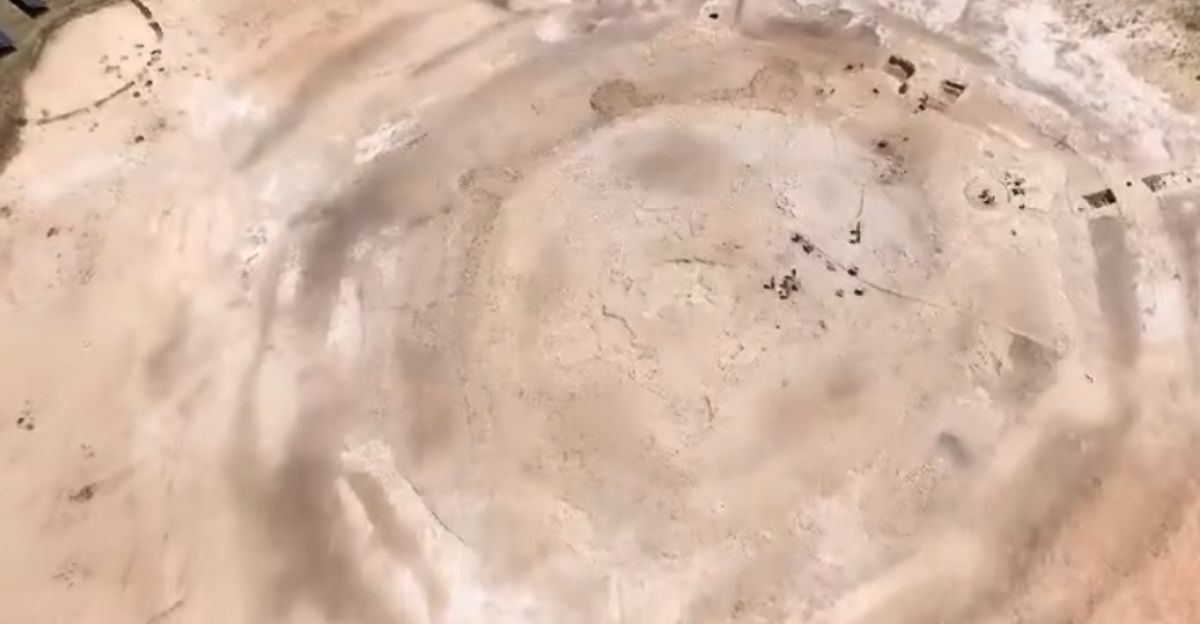
While the Copper Age isn’t generally thought of as one associated with organized war, the discovery of the fortress says otherwise. The defensive structures at the fortress show that offenses were organized and advanced.
There were many arrowheads, showing that the fortress’ occupants might have been preparing for a prolonged conflict. War might have been far more common than previously thought, and early civilizations could have regularly engaged in conflict.
A Decision Had To Be Made
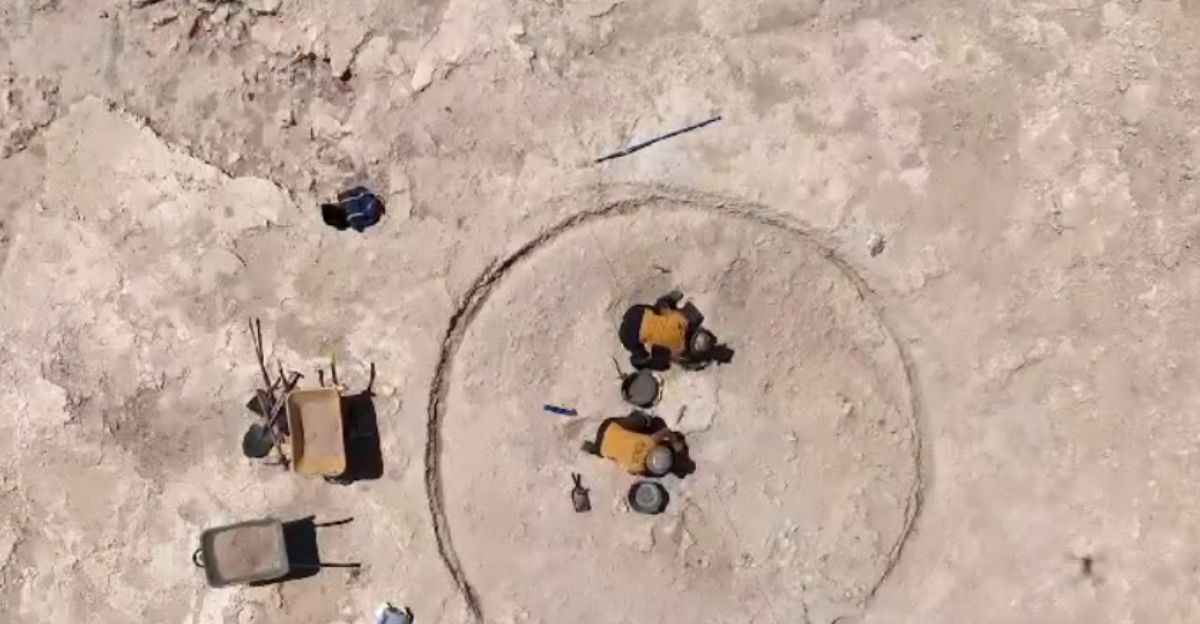
The solar project leader, Acciona Energia, had to make a complicated decision after construction crews found the Copper Age fortress. The solar project was costing the company 80 million Euros, but they had to consider protecting such a historical site.
The company knew that it would face backlash from not only the public but also from local authorities, so it decided not to destroy such a historically significant find.
Pivoting
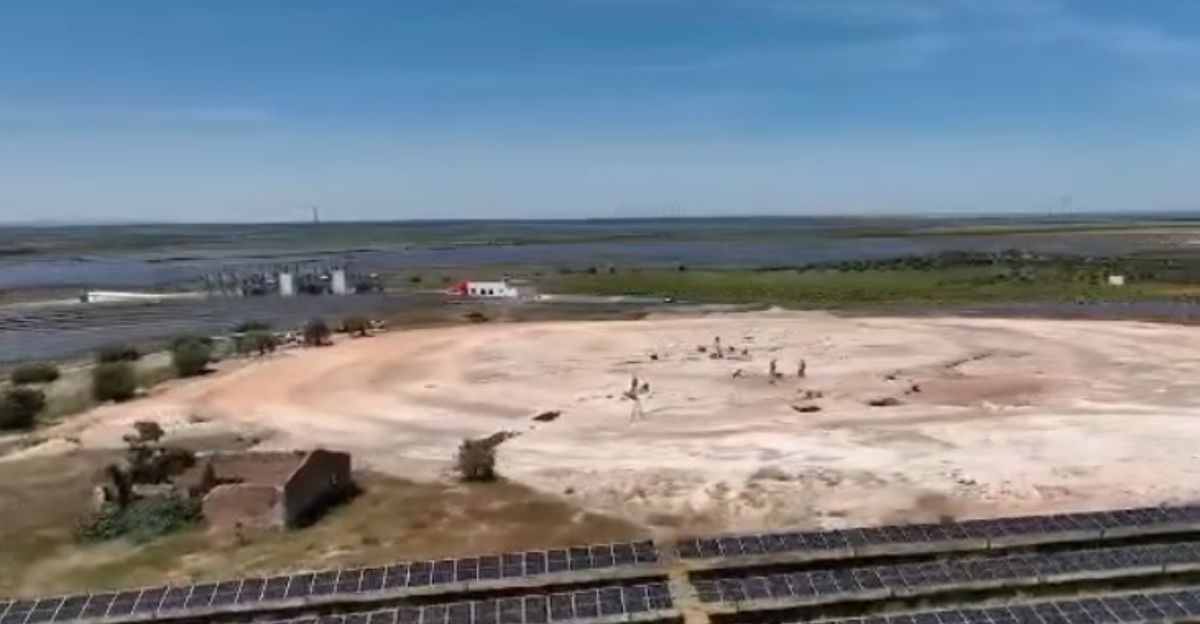
Despite agreeing to preserve an amazing monument to civilization from 5,000 years ago, Acciona Energia couldn’t halt its operations completely. The project was costing tens of millions of dollars, and that couldn’t all be thrown away.
Instead, the project went ahead, but with a key difference. Archaeologists were called in to consult on the project to ensure that it skirted around and didn’t damage any historically significant ground. This meant that the end result was a hybrid of past and present innovations.
Cortijo Lobato’s Story
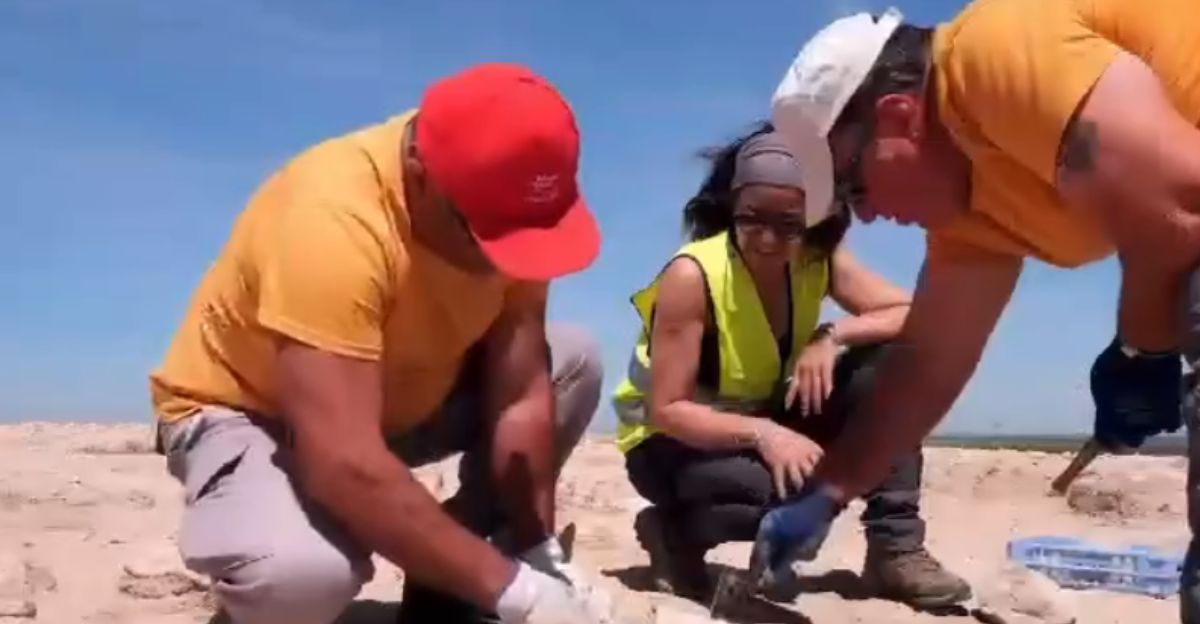
Since the discovery of Cortijo Lobato is still a relatively recent one, archaeologists have only just scratched the surface of the fortress. The Roman soldier is being independently looked at, with the hopes that his teeth can unlock more about who he was.
More could be learned bout the fortress itself in the coming years. It could have been anything from a military installation to an important trading hub.
Other Discoveries

This isn’t the only case in which the pursuit of renewable energy ends up finding secrets about the past. Solar farms are usually built in isolated countryside or deserts where there’s little to no modern infrastructure present.
This means that once digging starts to lay foundations, undiscovered ancient sites are found. In Cambridgeshire, UK, a Roman town was uncovered by a solar project. This village spread over 31 hectares and was a significant find for archaeologists.
A Win For Archaeology
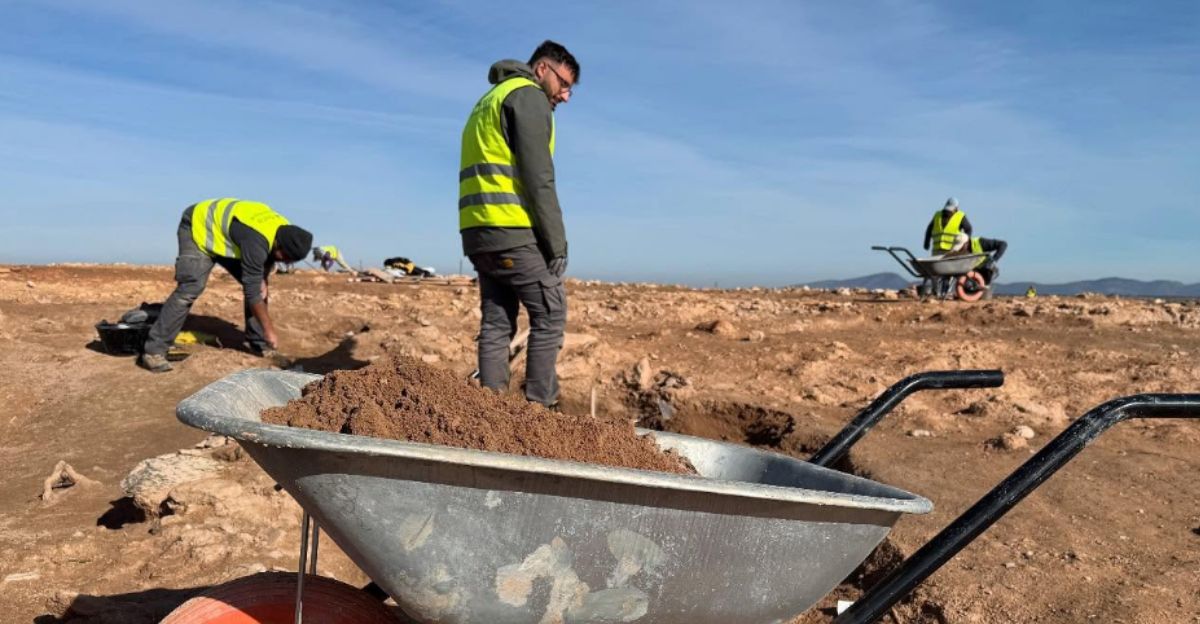
While uncovering ancient towns or fortresses might be a thorn in the side of innovative projects, it is a win for archaeologists across the world.
Once the sites are found, protocols have to be followed, and resources are pulled from relevant fields to discover more about them. This helps to ensure that culturally relevant and one-of-a-kind sites aren’t overlooked and destroyed.
Economic Aspects
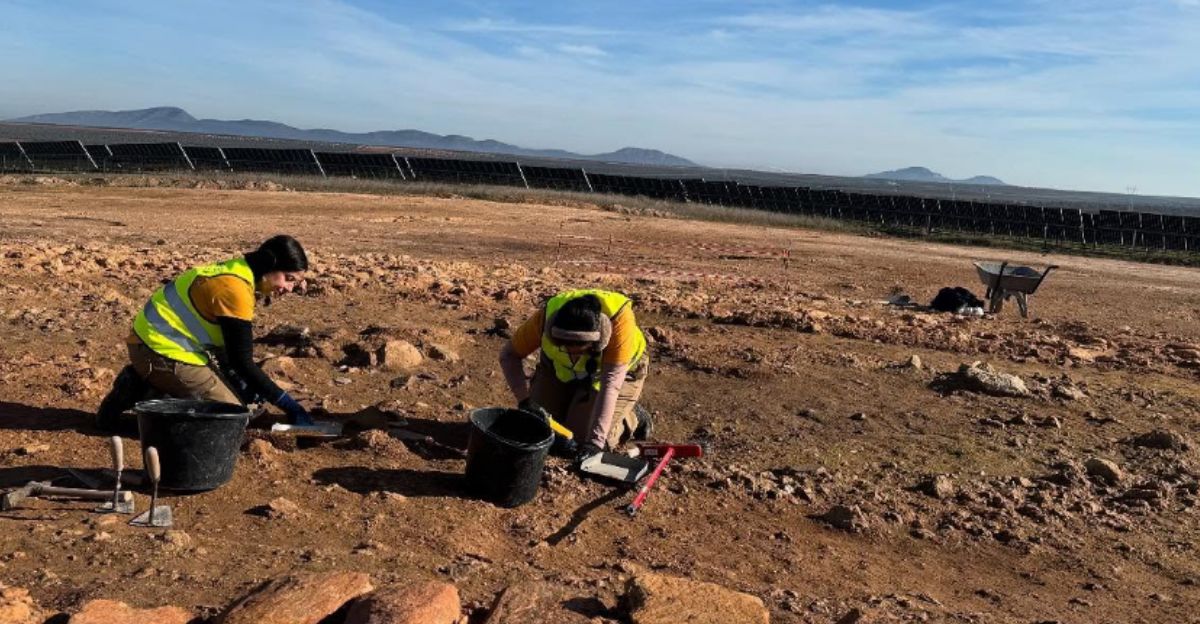
While having to move a project off of an intended site because of a surprise discovery can make a company lose a substantial amount of money, the local economy can thrive.
Archaeological digs can generate revenue by moving artifacts to local museums, increasing tourism. While the Copper Age fortress may hurt the solar power plan short-term, the uniqueness of the construction could become a landmark for years to come, drawing good PR.
Protecting The Earth And Cultural Heritage
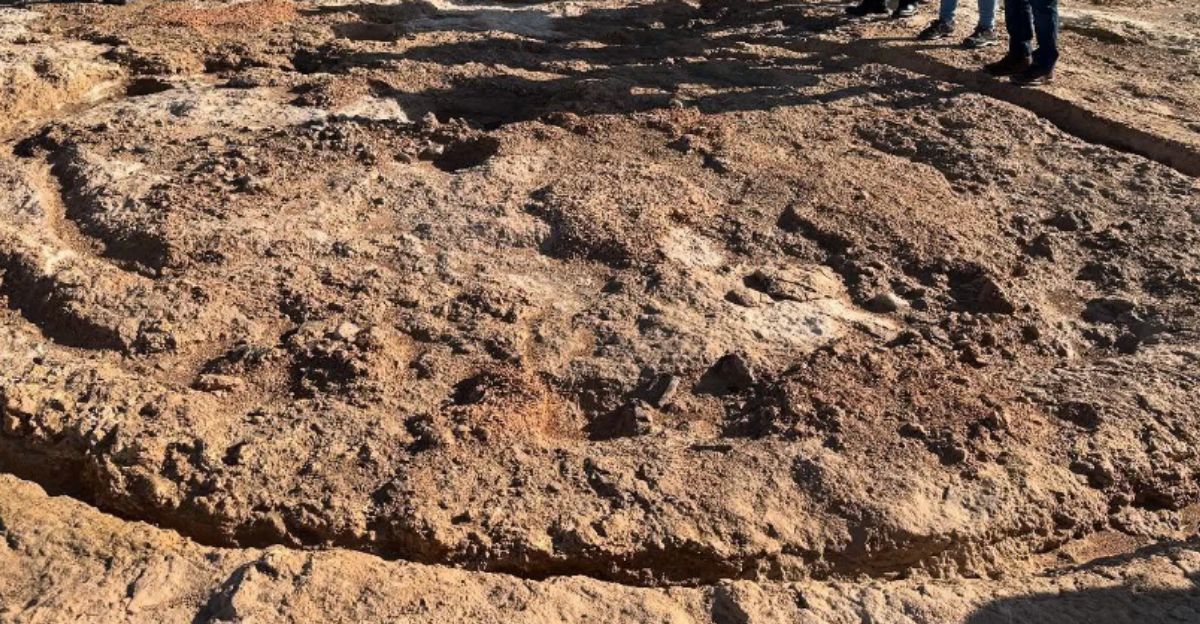
Many believe that renewable energy is going to help to save the planet by reducing our reliance on fossil fuels, and if given an ultimatum, perhaps historical sites would need to be sacrificed. Thankfully, at least in Spain’s case, the government aims to find a balance for both.
Even if costs increase and dates get set back, if it’s in the interest of protecting cultural heritage, then projects can afford it. When deep insights into our planet are on the line, a compromise can be found.
A Long-term Win
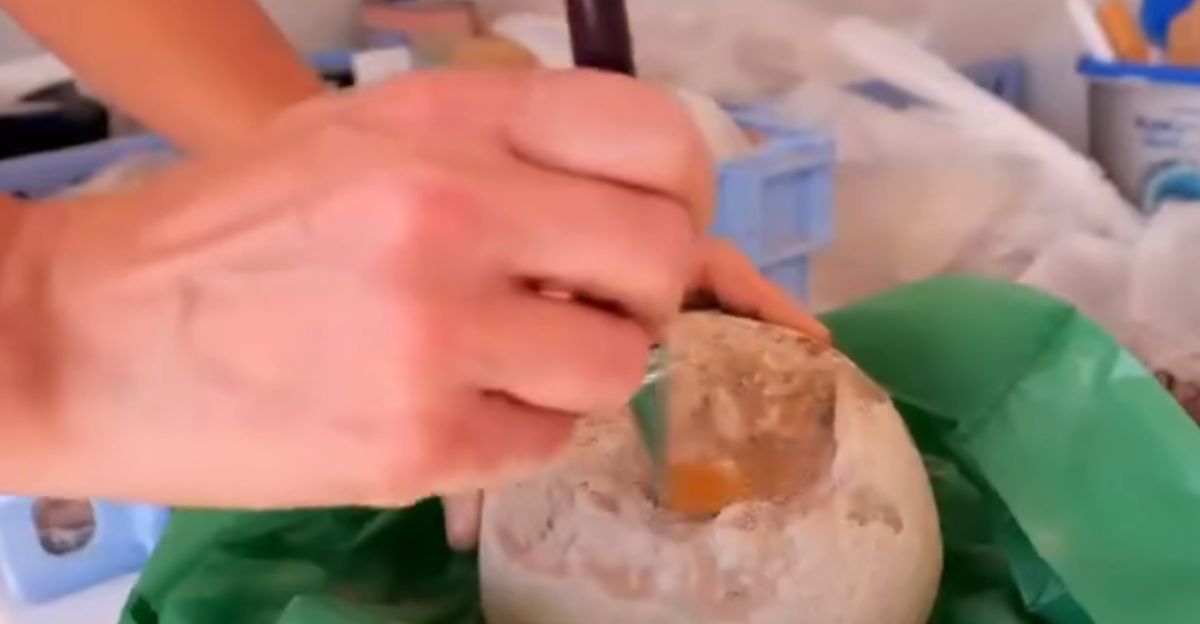
Acciona Energia ultimately made the right choice, preserving Cortijo Lobato. It may cost more, but it sways public opinion in its favor by showing sensitivity around important historical finds.
The company thought on its feet quickly, and by leaning into the discovery, it was going to be a long-term win. This highlights that good business sense and protecting ancient heritage can both overlap.
Why Do These Discoveries Matter?
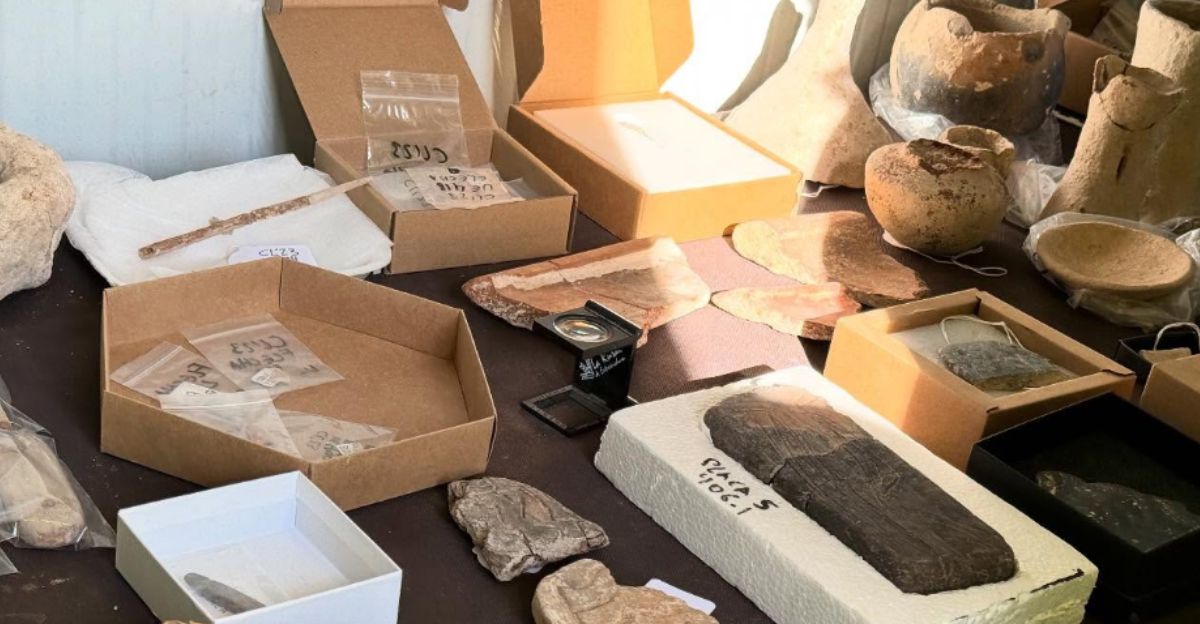
While archaeologists look to the past and scour the planet for the next important discovery, they are ironically found by projects that are setting up a better future for the planet.
The discovery is important, with excavation in Almendralejo already changing past notions of organized military 5,000 years ago. Without these discoveries, we wouldn’t understand much of our past history, and its knowledge would be lost to time.
The Future
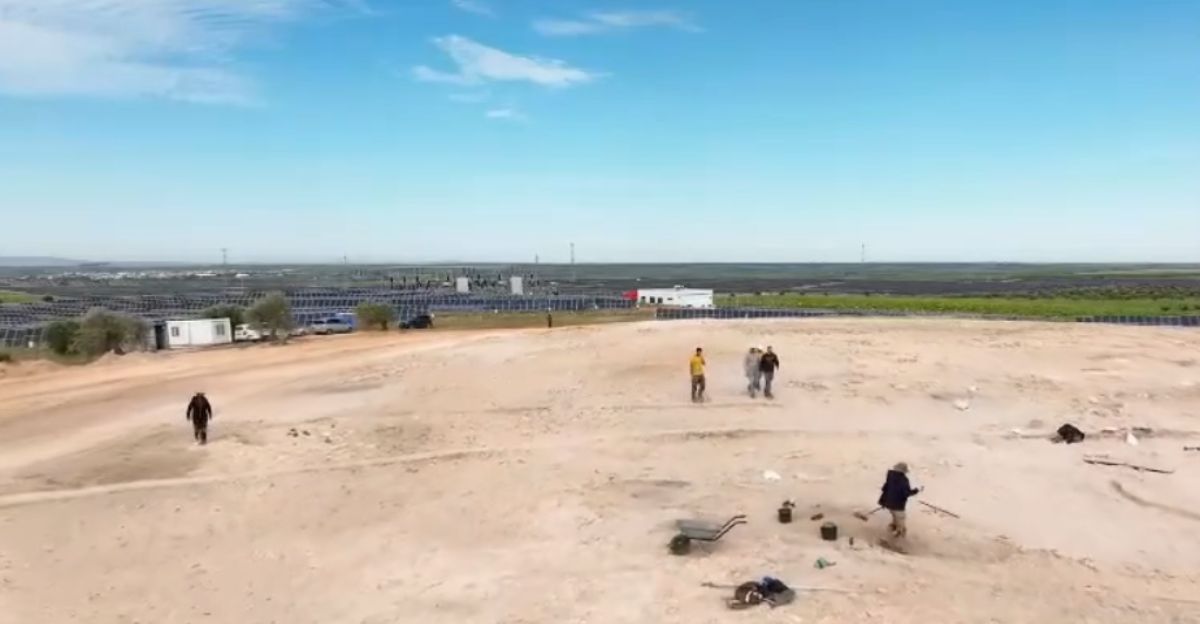
Cortijo Lobato was lost to time until it was found by sheer coincidence. It will continue to change how we understand the region of Spain in the Copper Age as its sophisticated designs keep surprising archaeologists at the excavation site.
The Roman soldier’s strange and ominous grave was an unexpected factor in all of this and a big bonus for historians. Only the future will tell us what else we might find about both the fortress and Roman soldiers as scientists keep up the hard work.

